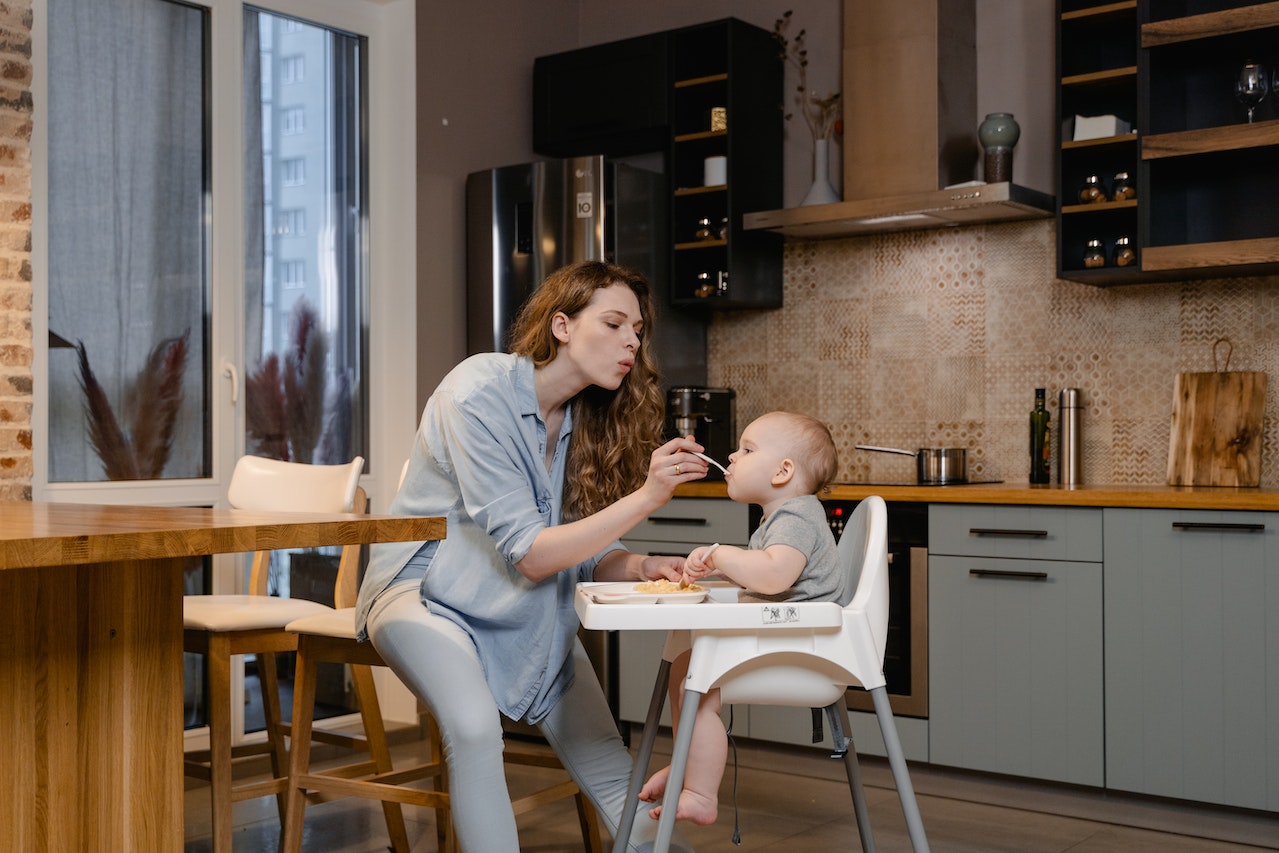Every year on April 22nd, people worldwide celebrate Earth Day to make our world a happier and healthier place to live. Chances are, you’ve heard about it before at school, on the news, or online, but if you’re still unclear about what Earth Day is all about, here are some interesting facts:
- The first Earth Day was celebrated on April 22nd, 1970, when Wisconsin senator Gaylord Nelson and San Franciscan activist John McConnell organized a national demonstration to raise awareness about environmental issues.
- The first Earth Day ignited an environmental movement that led to the creation of the National Oceanic and Atmospheric Administration (NOAA) and the US Environmental Protection Agency (EPA). Which later also influenced the passing of other environmental legislation like the Clean Air Act, Clean Water Act, Endangered Species Act, National Environmental Education Act, and more.
- By 1990, Earth Day was celebrated in over 140 countries worldwide. With over 1 billion people participating each year, it’s the most significant secular celebration.
- With this year being the 52nd anniversary of the very first Earth Day, we rounded up great ideas for you to celebrate Earth Day all year.
How can we teach our kids about Earth Day and saving the planet at home?
Earth Day only comes around once every 365 days, but the steps that make the goal of Earth Day achievable happen every day at home. Great things can happen with tiny little actions. Actions always speak louder than words to kids, so the first step is to be a good role model in the way the family interacts with the planet. The second step is even more important (and fun), which is to foster a love for the world around them. Interact with nature near your house daily. Take walks. Ride bikes. Go for a swim at a local lake. Investigate your town’s zoo, parks, and nature preserves. Observe the wildlife. Kids who love the world take better care of it!
– Holly Homer from Kids Activities Blog
What everyday activities can families do together at home to help the environment?
Teaching our next generation about ways to celebrate, love, and protect the Earth is vitally important. On the topic of helping the environment, the best place to start is through education. Emozi® Middle School, our social-emotional learning curriculum for grades 6-8, has several lessons on the environment, such as Respect for Living things (Grade 6), Community Involvement and Giving Back (Grade 7), and Rules for Life (Grade 8). These lessons all discuss the importance of giving back, doing one’s part in their community, and how to take care of our planet.
There are many other activities that can be beneficial and fun for the family when it comes to learning about the environment that can be done every day. For example, making a game out of where different plastics can be recycled, buying clothes from the thrift stores, donating your old clothes, learning about the different types of plants and trees in your local park, limiting your plastic use, making meals at home as a family to reduce waste, and so on. There are always ways to do our part to protect the Earth, and they can be even more fun when done together as a family!
– Faith Mackey at Paths Program LLC
How can I help raise awareness about Earth Day in my home and community?
April 22nd is Earth Day, and while it’s a holiday that started in the 1970s, it’s more important now than ever before. Our planet is experiencing drastic negative changes due to our actions, and Earth Day is an important reminder of the changes we need to make now. We should make caring for the planet a high priority, and we need to share the enthusiasm about doing so with others, especially the younger generation.
This year, make a point to pick at least one fun way to celebrate the planet and learn how we can help protect it going forward.
Often, people don’t think about environmental changes until someone introduces them to them. Everyone interested in protecting the planet can play an essential role in helping to spread the message and recruit others to the cause.
Here are some fun ways to celebrate and share about Earth Day:
- Post on social media to let people know some facts about Earth Day and things they can do to help care for the planet. For example, make the next car you buy an electric one and save water usage daily.
- Get involved in a beach or community clean-up. Join one that has already been planned, or take the initiative to organize one.
- Read a book related to environmentalism or give one to someone. A good pick is “Dry,” by Stephon Stewart, which offers a sci-fi look at what the planet will be like if we don’t change our environmental habits now.
- Hold a small group event or Earth Day birthday. Keep the whole event environmentally friendly and provide information about caring for the planet.
- Contact a local elementary school and offer to do a free presentation on recycling so that kids begin learning such actions at a young age.
- Plant a tree in the yard or community and encourage others to plant a tree in honor of the special day.
- Get involved with local environmental organizations or donate to support the work they do.
- Attend a community Earth Day festival to support vendors and speakers sharing positive vibes and goods to help protect the planet.
- Choose one thing to change this year that will benefit the planet. This can be anything from reducing driving or recycling more to opting for Meatless Mondays to purchasing more second-hand items over new ones.
- Pick an area of your community to “adopt” and keep clean on a regular basis. Once a month, do a clean-up of the area and plant some native wildflowers if possible.
– Eryn Vargo at Orlando Mom Collective
What activities can remote workers do to help save the planet?
When it comes to saving the planet, we all want to make a difference—but sometimes it feels like our individual efforts aren’t having an impact. A recent report from Carbon Majors Report makes the challenge seem even more daunting. According to the report, 100 companies are responsible for 77% of global emissions. Even with that statistic, there is still power in numbers. Remote workers can use active or public transportation instead of driving their own vehicles. These modes—walking, cycling, public transit, and skateboarding—do more than reducing emissions. They’re great for getting fresh air and a mental health break that helps employees feel better and become more productive.
– Dan Silivestru at ChocolateSoup.ca
How can you reduce food waste at home?
One big thing we can do to reduce food waste is to make a dish or two with ingredients on hand. So rather than allowing a craving to set the menu, the contents of our refrigerators determine our next meal.
If you have cooked beans on hand, some vegetables, a grain, olive oil, and a lemon, you can make a satisfying grain bowl very quickly. Cook soup once a week to clear out random vegetables in your crisper. You’ll reduce wasted food and make space in the refrigerator. (A somewhat organized refrigerator ensures you can find food—and eat it!) If you make a large vat of soup, freeze some to enjoy later. You’ll cook once, eat a few times, reduce food waste and save money.
Other use-it-up recipes include pizza. Top it with pesto made from random greens, for instance. Pastry serves as a vehicle for reducing wasted food. Fill pot pies and hand pies with leftover protein, cheese, and caramelized onions. Toss greens into a stir fry and make extra rice for fried rice later. Save food through desserts like fruit crumbles, using whatever fruit you have on hand. Add some highly adaptable recipes to your repertoire and you’ll find ways to use everything before it can head south.
You may need one or two ingredients for the meal you come up with, based on your kitchen inventory. Add those to a shopping list. Now think of one or two other meals (or more) you’d like to eat during the week, and add the ingredients you need to that shopping list. A small amount of planning will reduce large amounts of waste.
After bringing the groceries home, a little bit of prep will help ensure the food will be eaten. If you come home from work at night tired but already have the veggie burger mixture made, for example, you’re more likely to cook burgers with the food you’ve already purchased than to Door Dash some burgers. If you eat out often, buy less food for home. Our stomachs can only hold so much!
– Anne-Marie Bonneau at ZeroWasteChef.com
How can we make cleaning eco-friendly?
Many cleaning products have caution labels on them stating that they are not necessarily safe for household cleaning. Using traditional cleaning chemicals puts your family’s health in danger. You may also be exposing kids to hazardous substances that may result in skin rashes.
Cleaning is important for our health and the appearance of our houses, but in today’s hectic world, when everything is at our fingertips, it’s tempting to gravitate towards products that promise a quick and simple clean without thinking about what we’re bringing into our homes.
Unfortunately, most commercial cleaning products include harsh chemicals that can harm your family and the environment. Instead, use conventional cleaning products that will not negatively impact the environment or your home.
Eco-friendly cleaning has several advantages. Consider switching to eco-friendly plant-based products in your home today for the following reasons.
Do you worry about your kids going into the chemical cabinet beneath the sink? Natural elements in most eco-friendly cleaning solutions reduce the risk of health issues for your family and pets. They are free of phosphates, chlorine, and nitrates, so make sure when purchasing products.
Cleaning with harsh chemicals can pollute the air in your house by evaporating poisonous fumes and vapors. When you breathe in these toxins, you and your family are more susceptible to respiratory disorders like asthma.
Eco-friendly goods feature delicate natural chemicals that do not pollute your indoor air.
What are the benefits of getting young children involved in “green tasks” around the house?
Engaging young children with “green tasks” around the house is a win/win for everyone: the child, caregivers, and nature! Children love to be helpful, and they often yearn for responsibility. Giving them their own mini tasks such as watering herbs or plants, gardening, keeping bird feeders or bug hotels, helping with composting, or even taking care of a pet are all excellent ways to start their journey as young naturalists. Just make sure the tasks are the right “size” for the child. Our website has some great tips for that.
Children will feel incredible satisfaction and fulfillment by helping to care for another living thing or contribute to the health of the natural world. Perhaps, most importantly, acting as a green steward fosters a child’s connection to nature.
If you can, think of connectedness to nature as an investment in your child and the future health of the planet. Studies tell us that connectedness to nature promotes future sustainable behaviors in children. Also, connectedness to nature can be a stronger predictor than environmental knowledge in promoting ecological behavior in children. One more, but perhaps most important, bonus of fostering sustainable behavior in children: It’s been linked to happiness in children. Who can argue with that?
– Jenette Restivo, Founder at Childhood by Nature
Final thoughts
The Earth is a topic of great debate, with some people seeing it as a living being or an entity, while others see it as merely a planet. Regardless of your personal beliefs, there is no denying that the Earth is the only home we have, and it is our responsibility to care for it.
In recent years, concerns about climate change and environmental degradation have made it increasingly clear that we need to take action to protect the Earth. Adopting future sustainable behaviors is one of the most important steps we can take toward achieving this goal.
If you are looking for more ways to go green at home, there are many DIY home improvements, like installing energy-efficient lighting, painting with eco-friendly paint, and planting a garden. More ambitious projects, such as switching to solar power and installing energy-efficient windows, are best left to the pros.




